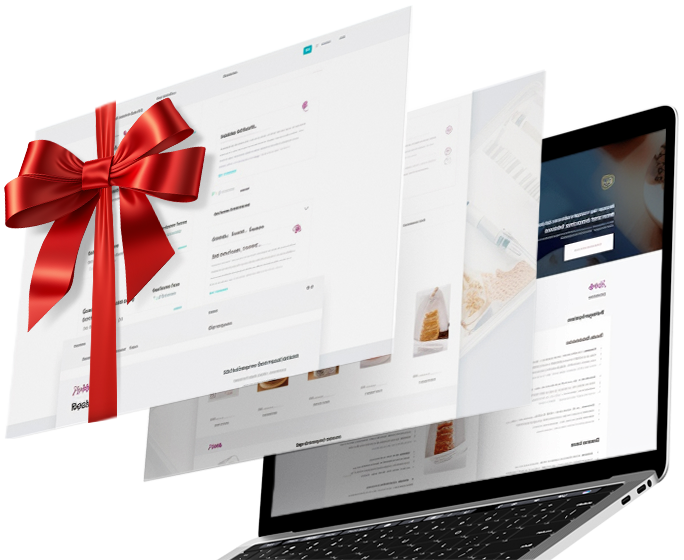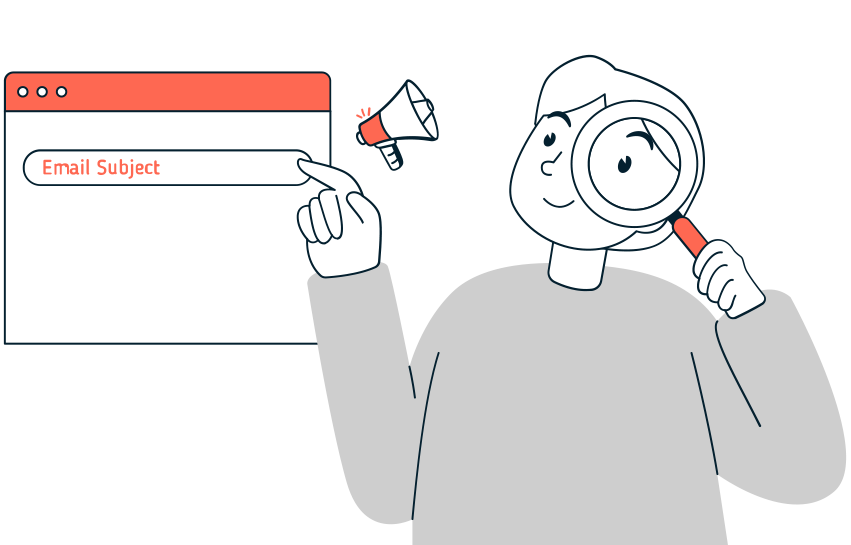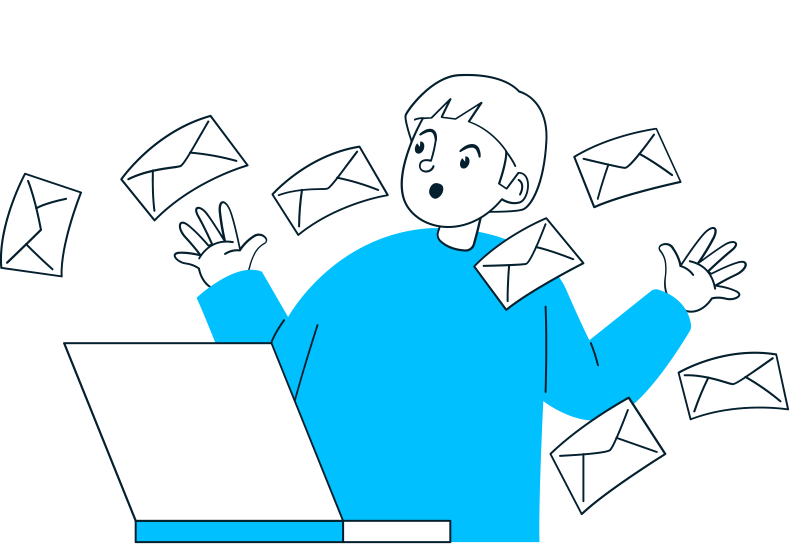Email Marketing Best Practices: Engage Your Audience and Drive Conversions
Are you tired of sending countless emails and getting close to zero replies? Ever wonder why your open rate is stuck near the bottom even though you send out excellent content?
Perhaps you’ve tried to hire an email specialist or a marketing company to do it for you and quickly realized—um… it’s expensive!
Trust me, I’ve been there. And it’s awful.
But here’s the fantastic news.
No matter how tempting it sounds to try one of the many new, fancy, and schmancy forms of lead generation and marketing, email marketing is still one of the most effective ways to generate leads and engage with people.
Or, as Forbes put it:
People will open and read emails that align with their interests.
So, if you’re ready to give email marketing another shot and figure it out, mastering a few essential email marketing best practices can help you find and engage your audience and finally see the results everyone seems to be discussing.
Table of contents
Is Email Marketing Still Effective in 2024?
How To Build an Email Subscriber List
What You Say in Your Emails is Important
The Importance of Personalized Content
Good Subject Line = Good Open Rate
How to Improve Email Deliverability Rates
How Often Should You Email Your Subscribers?
What is The Best Day & Time to Send Emails?
Popular Email Marketing Tools
Email Automation: Building Relationships at Scale
AI in Email Content: Use with Caution
Growing Your Business with Email Marketing
The short answer? Absolutely.
With 4.48 billion email users worldwide, email marketing remains one of the most powerful ways to connect directly with potential customers. This number is projected to grow to 4.73 billion by 2026, highlighting email’s sustained relevance and incredible reach.
In the U.S. alone, 81% of companies rely on email as a core part of their marketing strategy, and half of marketers rate it as their most impactful channel for engaging audiences and driving sales.
And 64% of small businesses rely on email marketing because it is affordable and effective in building brand loyalty.
So, we’ve established that email marketing is still highly effective in 2024. Now, let’s dive into some practical steps to make it work for your business and discuss a few simple yet powerful practices you can implement today.
Not only is email marketing effective, but it’s also the preferred method of contact for customers.
77% of B2B buyers say they prefer to communicate via email. This preference highlights email’s power in delivering clear, concise, and timely information tailored to business needs.
The direct nature of email allows for efficient follow-ups, detailed proposals, and reliable communication records, making it the ideal channel for professional interactions.”

How To Build an Email Subscriber List

If the first secret is that people open and read emails that align with their interests, the second secret becomes who you email.
Targeting the right audience to ensure your messages resonate and drive engagement.
The first step is building a subscriber list—people who say, “Yes, I want to receive your emails.”
Having a solid email list is crucial.
So, how do you grow one?
How do you build a list of quality subscribers?
Unfortunately, email subscribers don’t grow on trees (bear with my humor for a second).
To grow your email subscriber list in 2024, you should focus on offering valuable incentives and creating a seamless experience for potential subscribers.
Here are eight things you can do to build a list:
#01
Create Compelling Lead Magnets
#02
Strategic Placement of Opt-In Forms
#03
Use Pop-Ups Thoughtfully
#04
Promote on Social Media
#05
Run Contests and Giveaways
Create a buzz by running contests or giveaways, where entry requires signing up for your email list. This approach can quickly grow your list while generating excitement around your brand.

Collaborate with Other Businesses
Publish High-Quality Content
Utilize Email Marketing Automation
Let me cut to the chase and ask you this question:
If you were to write an email to your customers or potential customers right now, what would they want to hear? What would excite them to open, read, reply, and maybe even share it with a friend?
If you’re unsure, that could be why your emails aren’t as effective as they could be. And if you think you know but haven’t backed it up with research, surveys, or testing, your assumptions might be entirely off base.
So, what do you say in your emails?
Imagine this: you’re crafting messages that make your customers excited to open, read, and even share them. That means avoiding the typical sales-heavy approach many businesses default to, where emails are filled with deals, specials, and announcements the company wants to push. Instead, the goal is to talk with your customers, not at them.
Think of it like saying, “I’m laughing with you, not at you.”
When it comes to what you say in your emails, the same idea applies: make your emails talk with your customers, not at them.
Engage in a conversation that feels personal and relevant to their interests.
Many businesses think they already know what to say, so they blast customers with content the business cares about.
But customers often don’t open these emails, or worse—they mark them as spam, which can hurt your campaign’s effectiveness.

Here are two simple tips to help you get started in the right direction:
Know Your Audience
Use Storytelling
Stories create connections. An email with a simple sales discount isn’t as engaging as one that tells a story. Craft emails that resonate with your audience’s experiences bring their challenges to life, and show how your product or service can provide a solution. Stories make your brand memorable, and if you can weave your message into a story, you’re far more likely to capture their attention and inspire them to take action.”
Also, remember that 58% of email views come from mobile devices, so mobile optimization is crucial to maintaining engagement. Use your email metrics to evaluate open, clicks, and conversion rates and adjust content accordingly.
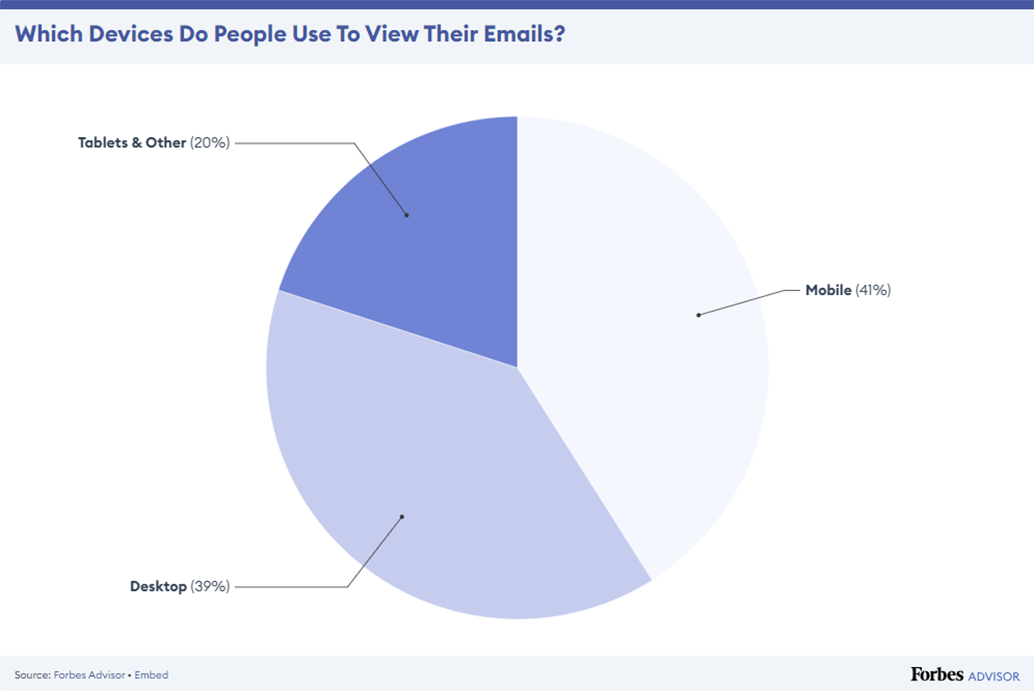
The Importance of Personalized Content

The term “hyper-personalization” is becoming increasingly common in email marketing. The more personalized an email is, the more likely it is to get a response or prompt the customer to take the desired action.
Personalized emails are 26% more likely to be opened, and 80% of people are more likely to purchase a personalized email.
But personalization goes far beyond knowing your customer’s first name or which city they live in.
Using segmentation, you can send emails that resonate with specific audiences based on their preferences or behaviors. Personalization drives higher engagement and loyalty and helps you connect with customers in a way that feels tailored and meaningful.
As your subscriber base grows, segmentation becomes even more powerful. Rather than sending one generic email to everyone, you can create targeted groups based on actions or demographics, allowing you to fine-tune your content.
For example, if you run an online store with a wide range of products, you could segment customers by “interests” based on the types of products they’ve purchased in the past.
This way, someone who frequently buys outdoor gear might receive different content from someone who buys home decor items.
With these targeted groups, you can send emails that speak more directly to each customer’s needs and interests, ultimately fostering a deeper connection and encouraging repeat purchases.
By continuously segmenting and personalizing your content, you’ll find that customers engage more and are more likely to take action, leading to stronger loyalty over time.
According to Forbes, 61% of consumers spend eight seconds or more viewing each email they open, 23.5% glance at emails for two to eight seconds, and 15% look for less than two seconds.
This data highlights that a significant portion of readers engage deeply when the content captures their interest, making it essential for emails to be both compelling and concise.
With only a short window to make an impression, well-crafted content can effectively hold a recipient’s attention and drive action.
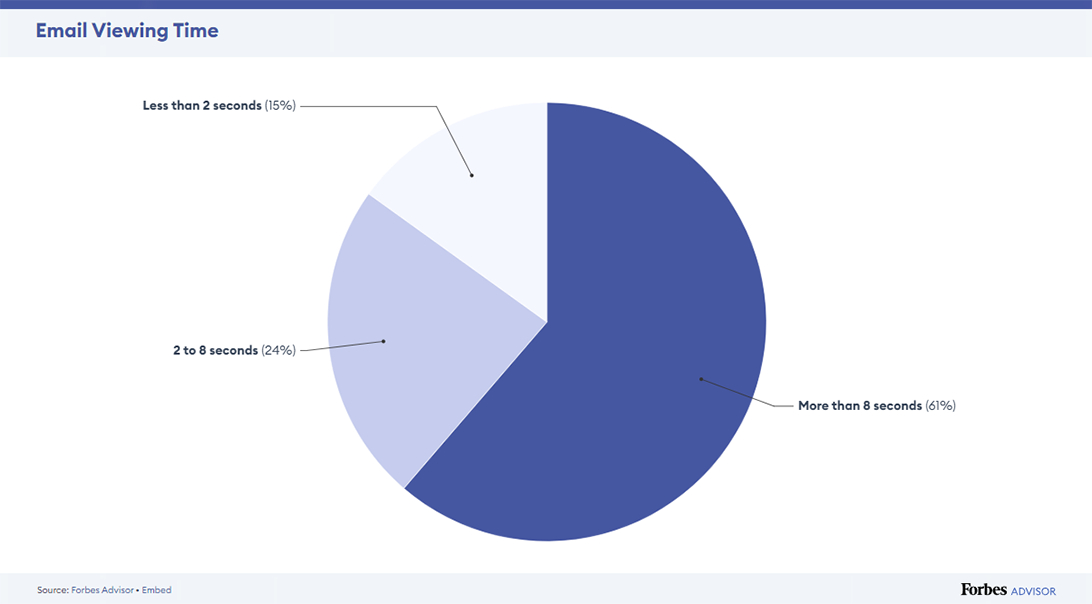
The average email open rate is 36.5%, with high-engagement industries (like faith-based and childcare services) achieving even higher rates.
To capture attention, speak directly to your customer’s needs or problems. Avoid starting with details about yourself—instead, address their pain points immediately and build trust within three seconds.
It’s also wise to scan your subject lines and email text for words that might trigger spam filters. Words like “free” or “buy now” can flag your email, reducing deliverability.
Quick online tools can help catch these terms and keep your emails in inboxes, not spam folders.
A Quick Note on Gamification
Adding gamification elements to your email campaigns can significantly boost your ROI—by as much as 300%. Integrating interactive and engaging features encourages recipients to interact more with the email, leading to higher conversion rates and fostering customer loyalty. Gamified emails make your content more enjoyable and keep subscribers engaged and coming back for more.
How to Improve Email Deliverability Rates

Without following best practices, your emails can quickly find their way into spam folders—a frustrating situation that can be tough to reverse.
hat’s why getting it right from the beginning and sticking to proper guidelines is essential.
Email deliverability is all about ensuring your messages reach your customers’ inboxes and are not lost in spam or promotional tabs.
As spam filters and security measures become more advanced, it’s crucial to take proactive steps to improve your deliverability rates and maximize your chances of reaching your audience. Here are some key practices to follow:
#01
Understand Spam Filters and Avoid the Spam Folder
#02
Don’t Use Your Primary Domain
#03
Warm Up Your Email Domain
#04
Avoid Sending Too Many Emails from One Address
If you’re sending a high volume of emails, use different email addresses or subdomains. Sending too many emails from one address can trigger spam filters, so diversifying your sender addresses helps protect your deliverability.
While the limits by email provider vary, to help you better understand how many emails you can send out, I found this article very helpful, but it has so much data that its easier for me to just link to it instead of summarizing it here: Get Familiar with the Email Sending Limits of Different Hosts
#05
Set Up Your DNS Records Correctly

Regularly Clean Your Email List
Use an Email Validation Service
Watch Your Email Frequency
Use Proper Email Marketing Software
If you’ve implemented these strategies and still find your emails underperforming in terms of deliverability, it may be time to consult an email deliverability specialist.
The few times I’ve used their services, they’ve proven invaluable for fixing persistent deliverability issues and ensuring emails reach the intended inboxes.
Now, some basic housekeeping to cover a few more guidelines.
Most businesses find a balance by emailing subscribers two to four times monthly.
This frequency keeps your brand at the forefront of your mind without overwhelming the audience.
Testing can help you find what works best, but industry standards recommend starting with weekly emails.
What is The Best Day & Time to Send Emails?
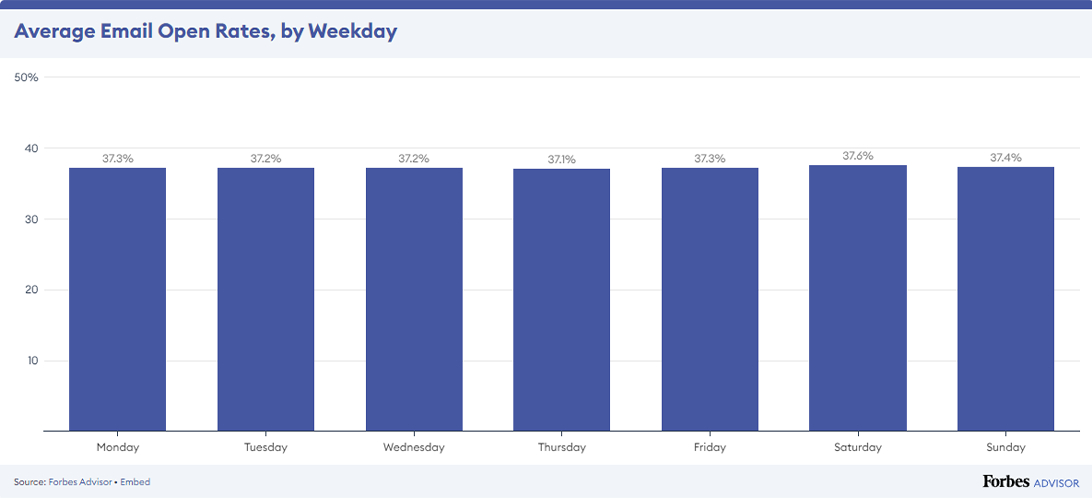
Popular Email Marketing Tools
Mailchimp:
Constant Contact:
HubSpot:
ConvertKit:
Email Automation: Building Relationships at Scale

Automated emails, such as welcome sequences, abandoned cart reminders, and post-purchase follow-ups, can nurture relationships without constant manual work.
Automated emails like abandoned cart reminders generate up to 30 times more revenue per recipient than standard email campaigns.
By setting up automated flows, you can effectively engage customers at critical points in their journey and drive conversions.
AI in Email Content: Use with Caution
However, maintaining an authentic voice is essential.
While AI tools can help with personalization, timing, and even subject line optimization, 79% of consumers prefer emails that reflect prior interactions with the brand, showing that human touches remain crucial.


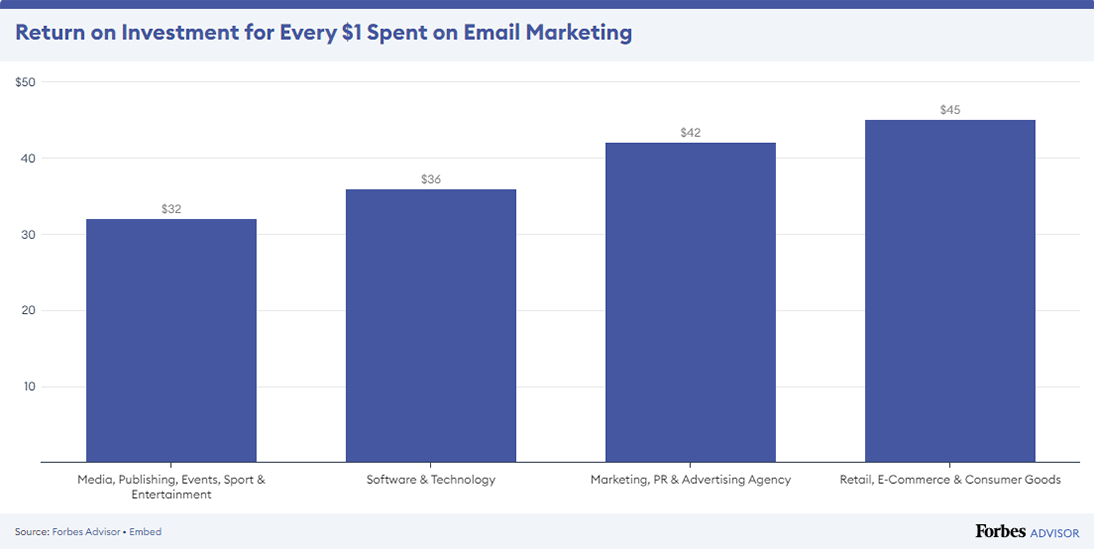
Thank you for taking the time to explore these email marketing best practices! I hope you found this information valuable and that it helps make your next campaign more effective.
If you have any questions or need further guidance, please don’t hesitate to reach out—I’d be more than happy to help.
Email marketing remains one of the most effective channels for driving conversions, building strong customer relationships, and boosting ROI, with an average return of $36 for every $1 spent.
By following best practices—from building a quality subscriber list to crafting compelling subject lines, optimizing your send times, and adding personalized touches—you can unlock the full potential of email marketing.
Remember, keeping your emails relevant and authentic is key to building trust, which will help you turn one-time customers into loyal followers. Here’s to your email marketing success!
Free Homepage Design
Get a stunning, custom homepage for free!
Limited-time offer—claim yours now!
